North Shore Dance Society
Being an artist is fun, fulfilling, so wonderful – but it can also be terrifying.
To be creative requires for you to be vulnerable. You’re basically showcasing your deepest thoughts and feelings in the process of making something beautiful.
So how do you get over your insecurity, self-doubt, and inhibition as an artist?
Whether it’s biting the bullet and auditioning for your dream team, or tackling the first 8-count of choreography to that song you’ve been playing on repeat, or exploring a style outside of your comfort zone…
We all need a dose of ‘Courage’ sometimes.
So, are you ready to shed that weight and be artistically liberated?
Read on, and be transformed by the power of “Big Magic.”
Separate YOU From Your Dancing
You gotta love what you do, of course.
But you cannot let yourself become it.
Tying so much of your identity and self-esteem to your craft can have so many adverse effects.
“It’s a subtle but important distinction (being vs. having) and, a wise psychological construct. The idea of an external genius helps to keep the artist’s ego in check, distancing him somewhat from the burden of taking either full credit or full blame for the outcome of his work. Protecting from the corrupting influence of praise, and from the corrosive effects of shame.”
So how do we separate ourselves from our dancing?
“Ideas are a disembodied, energetic life-form. They are completely separate from us, but capable of interacting with us – albeit strangely… Ideas are driven by a single impulse: to be made manifest… through collaboration with a human partner. It is only through a human’s efforts that an idea can be escorted out of the ether and into the realm of the actual.”
The concepts that create movement are yours to play with!
Teach A Lesson Through Modeling It
The best instructors and choreographers talk the talk, and dance the dance.
The most effective way to spread the passion for dance is to just love it so much that others cannot miss it.
There is a professor Gilbert speaks of; about how life-changing and amazing he was by virtue of simply loving what he did.
“He seemed to live in a state of uninterrupted marvel, and he encouraged them to do the same. He didn’t so much teach them how to write poetry, they said, but why: because of delight. because of stubborn gladness.”
You Can Be Happy With Your Dancing
Dancers, especially “freelance” dancers (or just those who are perfectionistic to a fault) are destroying themselves and their motivation to even be a dancer, by becoming the “Tormented Artist.”
You didn’t make that team?
You didn’t get “select group”?
You’re not making enough money as a dancer?
You’re internalizing critiques and taking YouTube comments to heart?
Forget it!
Celebrate, instead.
Enjoy it, instead.
“You can measure your worth by your dedication to your path, not by your successes or failures.”
Share Your Ideas With Other Dancers
If someone choreographs to the same song, or has your “signature” move in their piece, whatever makes you feel territorial over anything –
“People convince themselves that they have been robbed, when they have not, in fact, been robbed. Such thinking comes from a wretched allegiance to the notion of scarcity… Somebody else got mine.”
The world is abundant, of thoughts, ideas, infinite creations ready to be manifested.
Let others make, and let yourself make more!
I mean, art is free, art is for all.
There’s No Such Thing As “Not Creative”
A trademark excuse out of trying anything is that it doesn’t come naturally to you – “I wasn’t born with it.”
Well, guess what?! That excuse won’t fly when comes to creativity.
“To even call somebody “a creative person” is almost laughably redundant; creativity is the hallmark of our species. We have the senses for it; we have the curiosity for it; we have the opposable thumbs for it; we have the rhythm for it; we have the language and the excitement and the innate connection to divinity for it. If you’re alive, you’re a creative person.”
You DO have it in you.
Dance With Your Heart
“…I figured people might mock it for being so terribly earnest, But I wrote that book anyhow, because I needed to write it for my own intimate purposes – and also because I was curious to see if I could convey my emotional experiences adequately on paper. It never occurred to me that my own thoughts and feelings might intersect so intensely with the thoughts an feelings of so many other people.”
When someone creates a piece in their car 1 hour before class or choreo day, it’s apparent.
When someone creates a piece that means something to them, that you can tell comes from a place of truth, of vulnerability… That’s even more apparent.
The most refreshing, touching, and impressive works of art are not the ones that are necessarily from the biggest, most famous choreographers.
The best works are the ones that speak to the soul, and resonate with the viewer.
My heart will see your heart, and that connection… That’s art.
Take Your Dancing Seriously… But Not Too Seriously
Sometimes, dance gets competitive, people get power hungry, choreography becomes frustrating, the blocking doesn’t turn out the way you envisioned.
But remind yourself… it’s just dance.
“Do what you love to do, and do it with both seriousness and lightness.”
Despite whatever, “when it’s for love, you will always do it anyhow.”
Author: Jessie Ma
Original post at http://blog.steezy.co
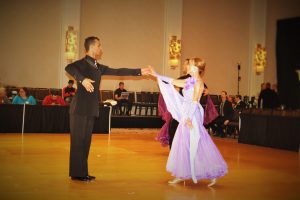
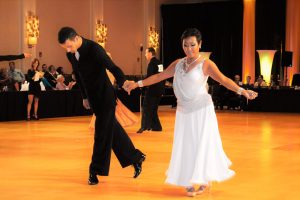
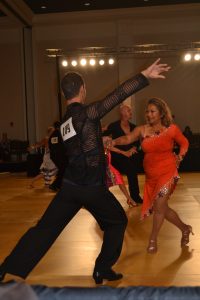
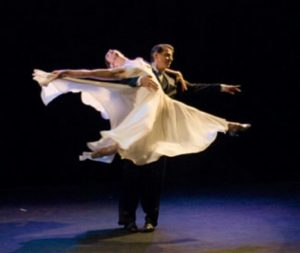

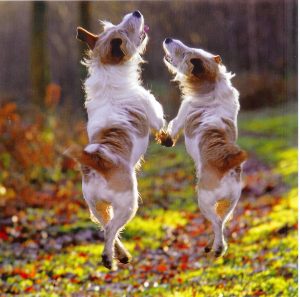

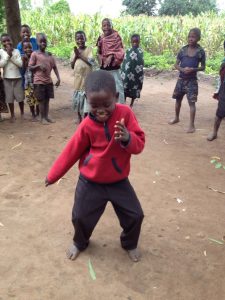
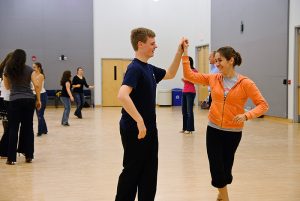
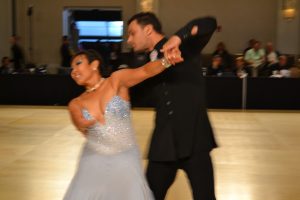

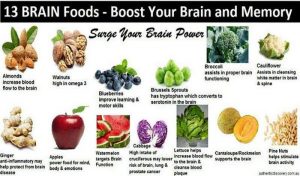 North Shore Dance Society
North Shore Dance Society